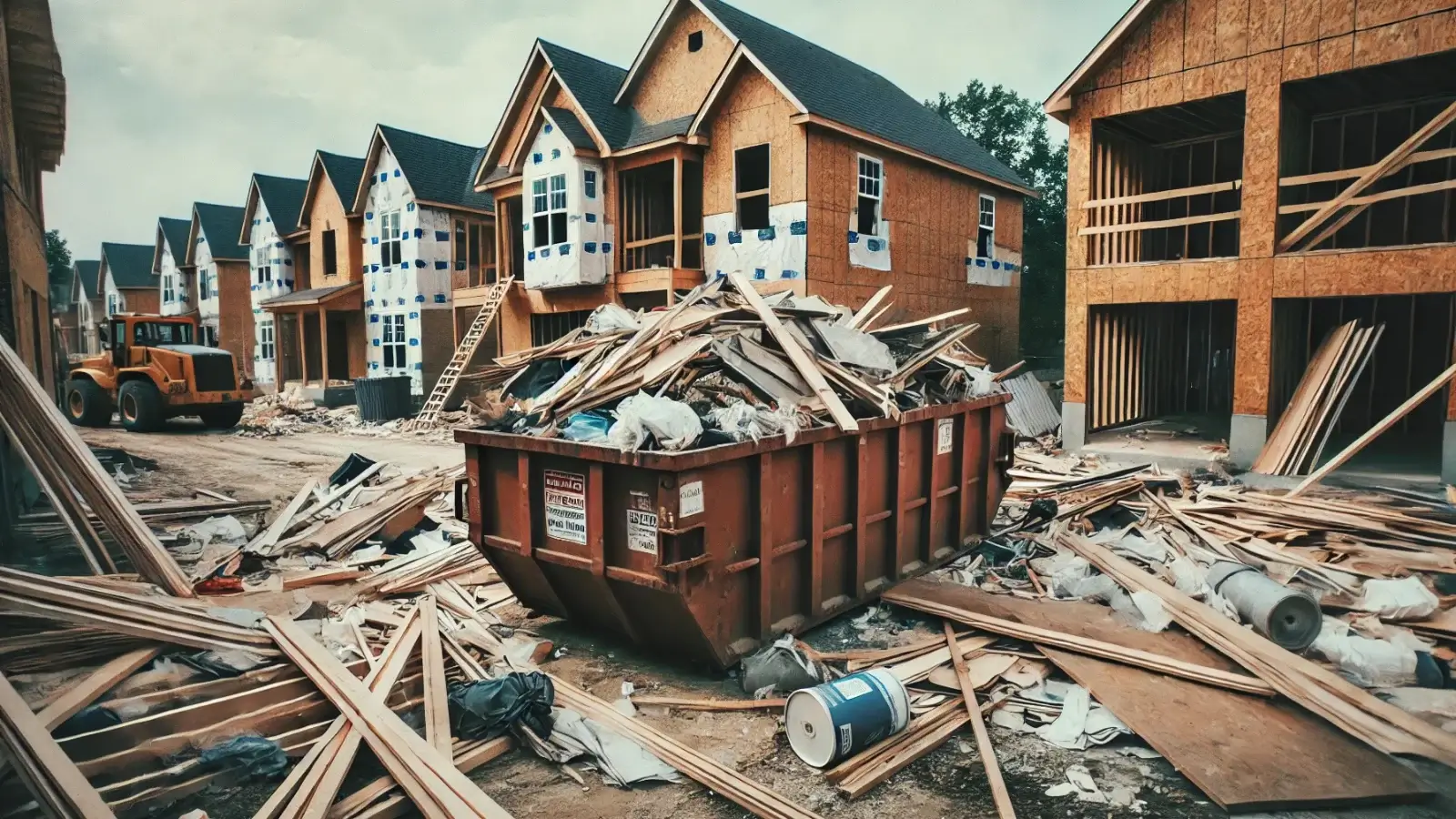


Waste isn’t something most people think about—until it becomes a problem. One minute you’re knee-deep in a renovation project, and the next, you’re staring at a growing pile of construction debris you have no plan for. Or maybe it’s a business with trash building up faster than scheduled pickups can handle. The result? Delays, hazards, and unexpected costs.
Poor waste planning doesn’t just create a mess. It creates stress, inefficiency, and unnecessary risk—often at the worst possible times. Whether you’re dealing with residential cleanouts or commercial operations, it’s worth asking: is your waste strategy setting you up for success or failure?
Let’s break down the common waste missteps that can derail your day—and how to avoid them entirely.
One of the most common errors? Misjudging just how much trash or debris a project will generate. That weekend garage cleanup or office decluttering effort? It almost always produces more than expected.
People assume bagging items for curbside pickup will suffice
They don’t factor in bulkier items like furniture, drywall, or outdoor materials
There's no dedicated plan for waste, so it accumulates in corners or driveways
A rolloff service offers the flexibility to handle unexpected volume. Rather than scrambling for extra bins or loading a personal vehicle multiple times, a properly sized dumpster rental keeps the waste process under control from day one.
Contractors know how fast a job site can become cluttered. Broken materials, packaging, scraps—all of it creates a hazard if not quickly removed or contained.
Loose debris increases tripping and injury risk
It slows down crew members who must navigate messes
Waste mixed into usable materials creates confusion and extra sorting
Designating one or more dumpsters on-site allows for immediate waste disposal. Construction debris removal becomes part of the workflow, not a separate chore. With clear boundaries for waste, your team stays safe and focused.
For many businesses—retail stores, small offices, warehouses—trash pickup isn’t something given daily thought. Until pickups are missed, bins overflow, or complaints come in.
Overflowing dumpsters affect curb appeal and customer impressions
Missed pickups create sanitation issues and foul odors
Staff productivity suffers when dealing with unmanaged waste
Establish a customized commercial trash removal plan that matches your waste output. Whether that’s twice a week or daily, reliable scheduling ensures you never fall behind. Coordinated removal prevents buildup and helps maintain professionalism.
A residential move or remodel is already stressful. The worst time to figure out how to handle waste is after the project is underway.
Trying to rely solely on weekly curbside pickup
Dumpsters arriving too late or not fitting the space
Delays due to unremoved materials blocking progress
Start every residential trash removal or renovation plan with a waste timeline. Book your dumpster rental ahead of time, and build disposal into the project schedule. A small rolloff bin for a week can save hours of cleanup later.
Mixing waste types—yard debris with drywall, or recyclables with general trash—can lead to rejected pickups or fines.
Local guidelines aren’t followed
Materials require special handling (especially in construction debris removal)
Sorting becomes a time-consuming post-project task
Clarify what can and can’t go into your rented dumpster. Separate materials where necessary and label areas for waste types on-site. Clear instructions lead to faster, cleaner removal—and fewer headaches at the dump.
In some areas, placing a dumpster on the street or even in certain driveways requires a permit. Ignoring this can lead to fines or removal delays.
Homeowners or contractors assume it’s allowed by default
Rental timelines are rushed, and regulations are skipped
Municipal rules vary widely by city or county
When coordinating with a professional waste provider like Hiep Sanitation, permit guidance is often included in the planning process. Taking care of this early ensures you won’t hit legal snags mid-project.
A too-small dumpster results in overflow, while an oversized one eats up space and budget unnecessarily.
Extra trips for removal cost more
Limited yard or driveway space can’t accommodate the container
Unused capacity goes to waste if the bin is too large
Explain the scope of your project to a qualified team. Dumpster sizes typically range from 10 to 40 yards—perfect for everything from attic cleanouts to full-site construction. Let experts help you match the bin to your needs.
The best projects—whether personal or professional—succeed because they’re well planned. That planning should always include waste. Ignoring trash logistics can turn a smooth renovation into a delayed disaster or a thriving business into a cluttered mess.
Fortunately, with the right preparation and a bit of foresight, waste becomes just another box checked off—not a barrier to success.
By using services like rolloff containers, residential trash removal, or scheduled commercial pickups, you stay ahead of the mess. Hiep Sanitation continues to support homeowners and businesses who value clean spaces, clear paths, and uninterrupted progress.